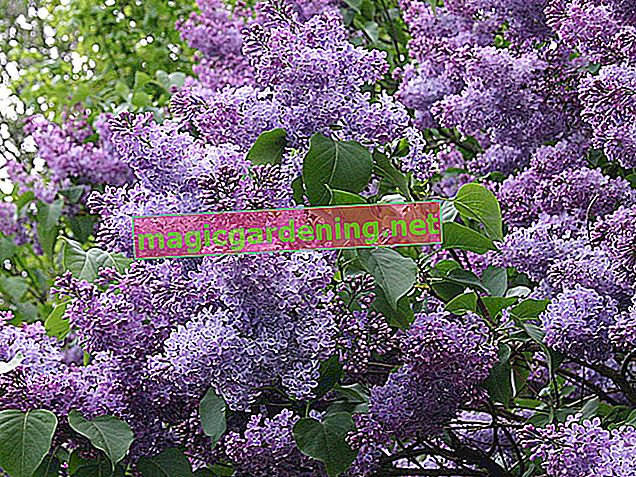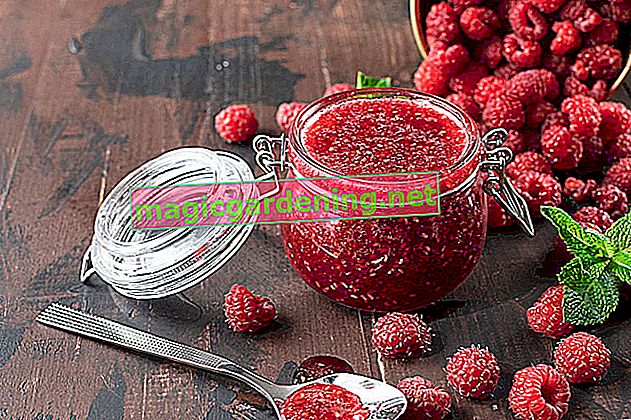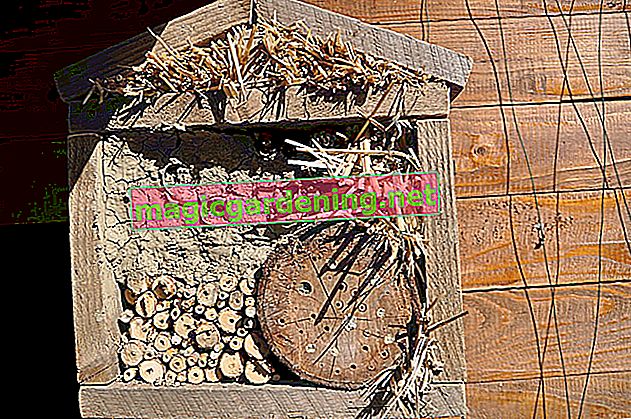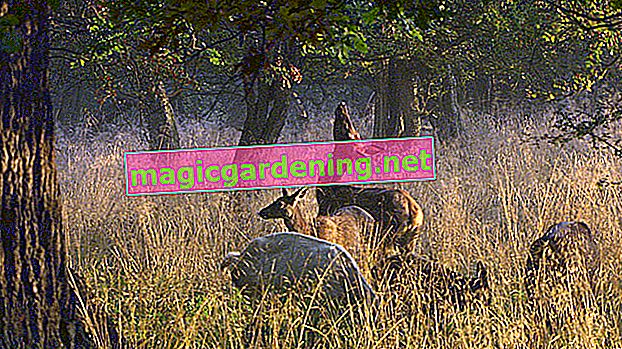
The blood hazel - bright dark red
The blood hazelnut is one of the red varieties among the hazelnuts. It grows as a shrub and its foliage sprouts a shiny red color. Depending on the location, the red turns into a dark red or dark purple to turn into a rich green in midsummer.
also read
- The beetroot season: when is it time?
- Healthy and tasty - this is how you process red currants
- Is the red carnation edible?
In addition to its foliage, this red hazelnut has reddish flowers. The female flowers have a reddish style. The male kitten flowers are also colored red. Since they appear in front of the foliage between March and April, they skillfully attract looks with their bright red color.
But these were by no means all the red parts of the blood hazel plant. It also forms red or red-brown nuts. The nutshell and the fruit cup are colored red. The seeds inside, however, are brown as usual. The nuts of this variety can be harvested in September and are edible.
The red-leaved cell nut - red as far as the eye can see
Another red variety is the red-leaved cell nut. It grows broadly upright, well branched and reaches a height of up to 5 m. Between February and March it presents long purple to dark red catkins. The flowers are not self-pollinating. Therefore, another variety should be planted near this plant so that you can harvest nuts later.
Later, the foliage of the red-leaved cell nut, which forms a hazelnut bush, sprouts and shows the world a green color. The green changes to a dark red in sunny locations and to a bronze red in shadier locations. In autumn it shows the courage to change again and turns yellow to orange.
The fruits of this variety:
- are reddish in color, medium-sized and tasty
- ripen between September and October
- together with the autumn leaves form a colorful picture
- lead to enormously high yields in their quantity
Tips & Tricks
The color of the leaves, flowers and fruits make the red hazelnut an attractive ornamental plant in a solitary position as well as a high-contrast hedge plant.








